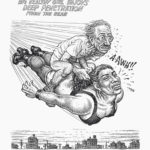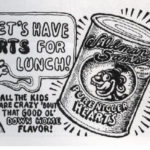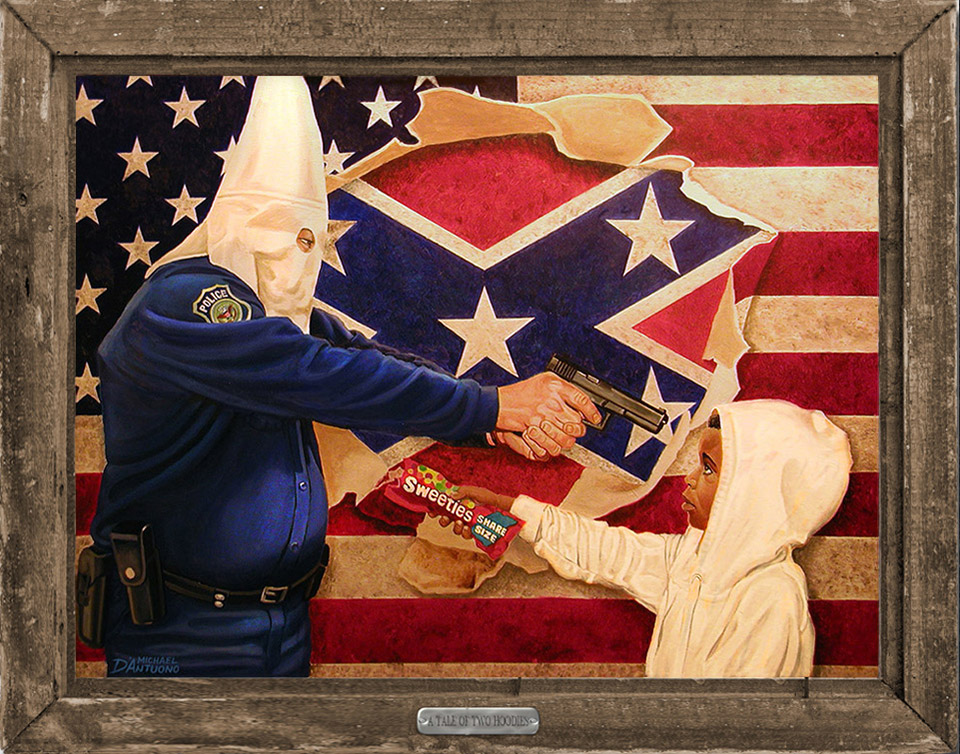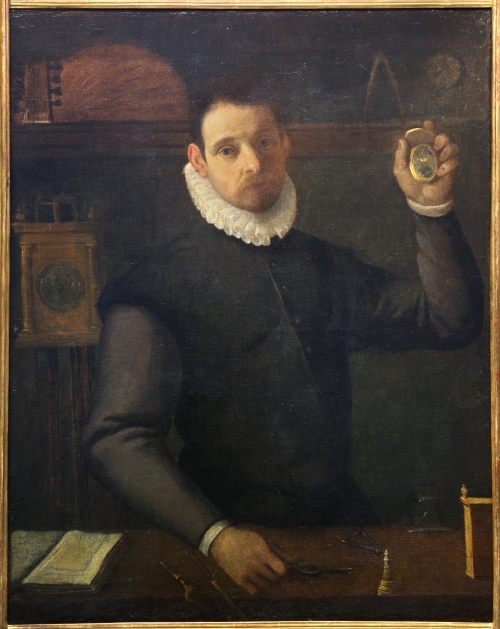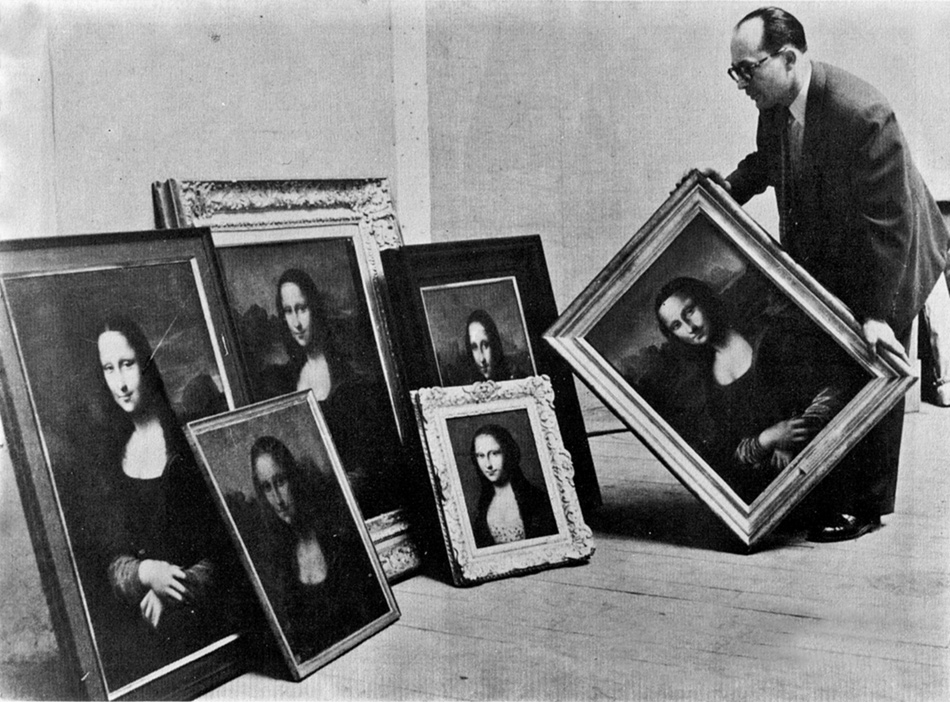You probably have never seen anything like the work of Robert Crumb before. What lives inside his mind is sexual, racist, disturbing, sometimes pornographic, and in every instance, odd. Much of his work tells stories of incest, necrophilia, assault, and pure mayhem. In the 1994 documentary “Crumb,” we uncover every question we may have, in all honesty, from the man himself. We meet his family and get many interpretations of his artwork and perspectives that make you think about the art more than what resides at face value. Because his artwork is so odd, some may find it to be on the border of criminal, but I’ll leave that up to you to decide as we explore more about his life.
Robert Crumb is an American cartoonist who became popular in the 1960’s for his comic strips as well as some counterculture characters such as Fritz the Cat and Mr. Natural. Most of his work can be attributed to his brother, Charles, who would force him and his other brother, Maxon, to draw comics with him. This grew into a love for drawing, however, as his artwork started to get public attention, he didn’t really care because, to him, art was something so ingrained in him that he would do it anyway. He actually turned down a lot of opportunities like being on Saturday Night Live and drawing an album cover for the Rolling Stones. Growing up, Crumb had a hard time fitting in, meeting girls and had a dad who wanted his children to be more tough. We can see in his work that his childhood struggles might be what fueled the drawings of his sexual fantasies. It’s interesting to see how he depicts his characters in his artwork. The women look very strong with emphasized figures, however, Crumb himself, when depicted, looks very weak, scrawny, and awkward.
For Crumb, art may have saved him from going mad. He was able to get these disturbing fantasies on paper and, better yet, get public validation for them. You couldn’t say the same for his brothers. Charles became a hermit, who rarely left his bedroom, faced depression, and attempted suicide multiple times. Sadly, he was successful a year after the documentary was made. Maxon was arrested multiple times on molestation charges and now lives in monkish isolation, meditating on beds of nails and passing a 30-foot cloth ribbon through his body. Don’t ask…
If it wasn’t for art, Robert might have ended up just like his brothers. However, is arguing that art is protecting him from physically living his fantasies a good enough reason to let him draw what he draws? Should he be arrested for even thinking the way he does? Is that going too far? He says in the documentary, that these ideas manifest themselves into his head and he has to get them out on paper for better or for worse. An interviewer asked whether he thinks about how his comics effect other people with these disturbing images and stories. He makes the comment, “Maybe I should be locked up and my pens taken away from me, I just don’t know… I can’t defend myself.” I questioned previously if R. Kelly should be condemned for his actions. In the documentary, they mention Louis-Ferdinand Celine who was a great author but a Nazi sympathizer. Is Robert Crumb any different?
If Crumb himself or his artwork interests you at all, I highly recommend watching his documentary, “Crumb.” It was very well made, and Crumb’s family is very interesting to say the least.

